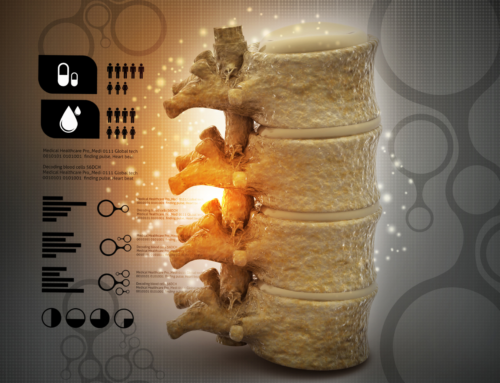Epidural steroid injections (ESI) are minimally invasive procedures performed to help reduce inflammation and pain caused by nerve root compression. Herniated discs, bone spurs, or spinal stenosis can cause compression on the nerves which results in pain, numbness, or weakness. These symptoms are often referred to as radiculopathy. This pain can last for days or even years if left untreated.
The goal of an epidural steroid injection is to help reduce inflammation along the nerve root. Medication is injected in the fat-filled area between the bone and the spinal nerve’s protective layer, called the epidural space. These injections can reduce pain and swelling so that a person can resume regular activity and a physical therapy program.
What is an Epidural Steroid Injection?
There are multiple types of steroid injections, most commonly described according to where they are injected. Steroid injections in the neck are called cervical epidural injections. Injections performed in the middle back are thoracic epidural steroid injections, and injections in the lower back are lumbar epidural injections.
The injections can also be labeled according to the direction of the needle. Most epidural steroid injections are placed between the lamina. This is called an interlaminar epidural steroid injection. The needle is aimed upwards toward the head and goes in between two laminae. Another type of injection is a transforaminal steroid injection. The needle travels along the course of a nerve and enters the spine from a diagonal direction. A caudal approach to ESIs allows the needle to enter directly into the epidural space through the sacral hiatus – a small boney opening directly above the tailbone.
The steroid injection contains a corticosteroid, such as triamcinolone, methylprednisolone, or dexamethasone, and an anesthetic numbing agent like lidocaine. They are injected into the area between the vertebra and the protective sac surrounding the spinal cord and nerves.
Why Are They Used?
These steroid injections are used in patients who suffer from pain in the neck, arm, lower back, or have sciatica. This treatment has proven to be beneficial to those who have severe inflammatory conditions. Patients who have the following conditions are candidates for epidural steroid injections:
- Spinal Stenosis – a narrowing of the spinal canal and nerve root canal
- Herniated Disc – the material inside a disc can bulge or rupture through a weak area in the cartilage and come in contact with a spinal nerve.
- Degenerative Disc – breakdown or aging of a spinal disc causing the disc space to collapse or growth of bone spurs.
- Sciatica – compression of nerves that causes pain to travel into the buttocks and down the legs.
In some cases, ESI can be used to determine whether surgery will be successful in patients who have a herniated disc. The injections can ease pain enough so a physical therapy routine can be established.
Risks Involved with Epidural Steroid Injections
ESI procedures have been performed for many years and is considered a safe and effective treatment. Although uncommon, some patients do experience side effects from the medication. Patients may experience a “steroid flush” which is a flushing of the face and chest that can be accompanied by a low-grade fever.
Other side effects may include:
- Trouble sleeping
- Temporary water retention
- Anxiety
Serious complications are very rare but could include an allergic reaction to the contrast dye, infection, nerve damage, or bleeding. When this procedure is performed with fluoroscopic guidance, the risk is minimized. Generally, this type of procedure and injection is very well tolerated by most patients.
Sources:
Spine.org: Epidural Steroid Injections






